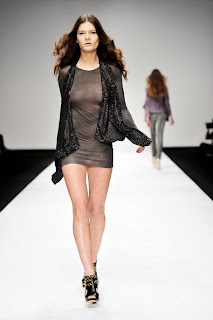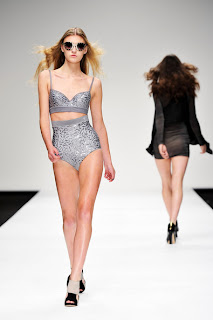EXHIBITION
Watercolour
Tate Britain
4/5
Watercolour
Tate Britain
4/5
IN A NUTSHELL
This excellent exhibition tells an Upstairs, Downstairs tale of an overlooked but very British artform.
This excellent exhibition tells an Upstairs, Downstairs tale of an overlooked but very British artform.
REVIEW
Watercolours weave their way through the history of art, humble, stuttering, weighed down with status anxiety.
Watercolours weave their way through the history of art, humble, stuttering, weighed down with status anxiety.
They're not as robust as oils and canvas and the form has run a parallel but distant course with the art establishment, never entirely accepted and frowned upon until, in moments of charity, they are allowed to sit at the big table.
Well, they're sitting at the big table now, with Tate Britain putting steel in watercolour's spine, capturing 800 years of fey washes, translucent colours and workmanlike depictions for which familiarity has more often than not bred contempt.
Curator Alison Smith spoke about this status at a preview of the exhibition.
She said: "This has something to do with the fragile vulnerable nature of watercolour. It doesn't have the kudos of works in other materials.
"We want to challenge this by showing its range and versatility. It can be used to convey a whole variety of different effects.
"We also went to get beyond associations with landscape by showing that throughout its long history it has been used to illustrate themes such from war to works of the imagination and abstraction."
Watercolour was the preserve of jobbing artists - illuminators, map makers as well as its particular role creating scientific engravings for the purposes of magnification and classification.
These middle class credentials were not a good start for an artform looking to join the langurous well-patronised art club.
Its portability meant the amateur took an easel and palette on his travels. The ethereal wash captures the exotic colours of landscapes and the mysticism that adventure engenders.
The peak was The White House At Chelsea, (Thomas Girtin, 1800) and JMW Turner's homage The Blue Rigi (1842) both on display.
But the draughtsmen seized the initiative from the high artists once more, introducing a range of techniques including aerial perspective, exaggeration and layering to put watercolour to work.
Many of the paintings are on loan from scientific establishments, such as Kew Gardens, the artists technically dazzling but their names unknown.
Oh, get a life, watercolour.
So in the 1860s there was something of an arms race as watercolour bristled with indignation. Edward Burne-Jones' The Merciful Knight (1863) abandoned watery colours altogether for the dry crustiness of fresco.
A hissy fit ensued and Burne-Jones withdrew but the point was made and watercolour gained a greater status.
And so the modern explosion followed with artists like David Austen, Tracy Emin and Howard Hodgkin testing the boundaries of watercolour, probing its versatility, laying down bold colours or barely anything at all to capture moods and moments of the imagination.
Watercolour finally finds its place.
The exhibition is on till Aug 21st Book Now!




























